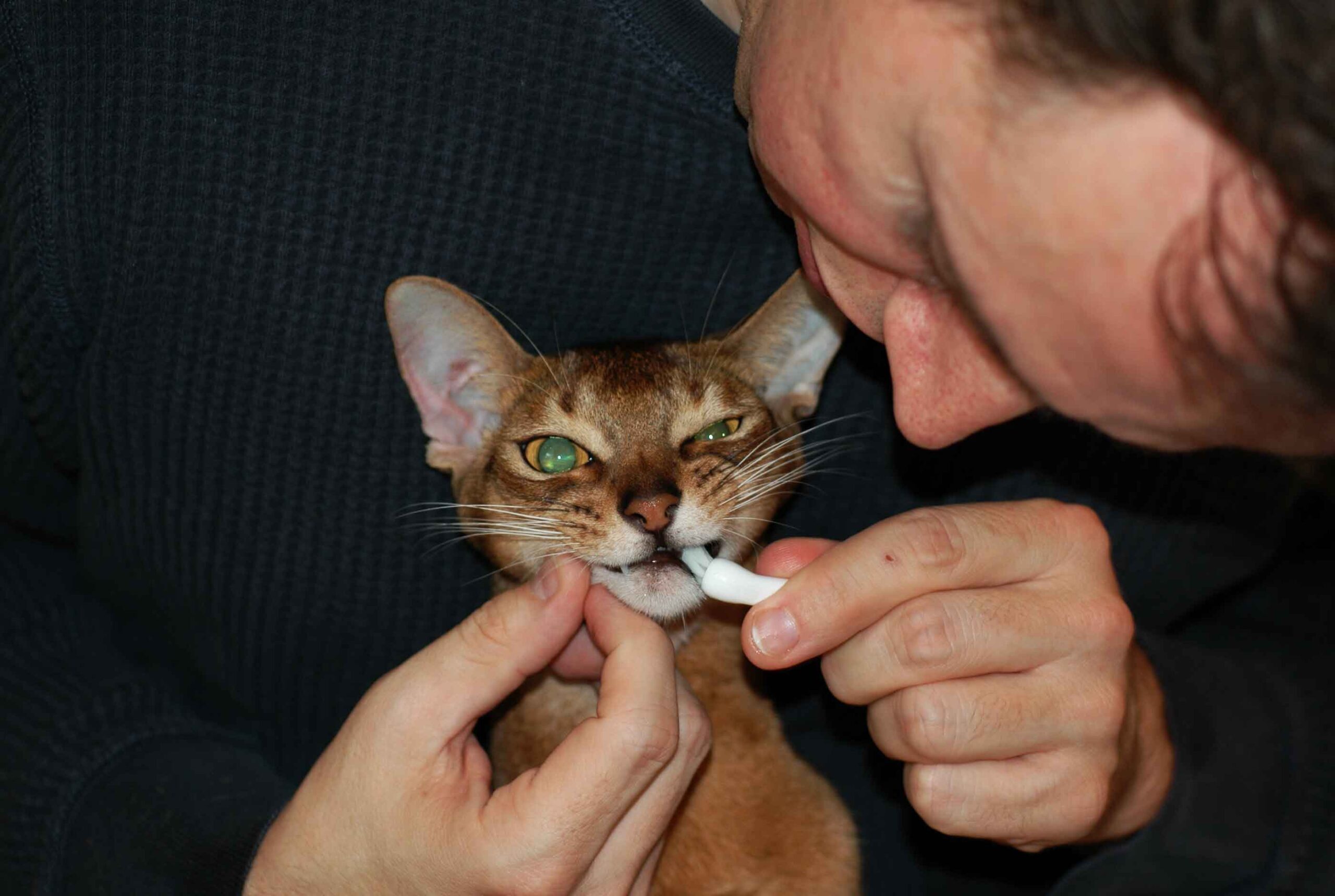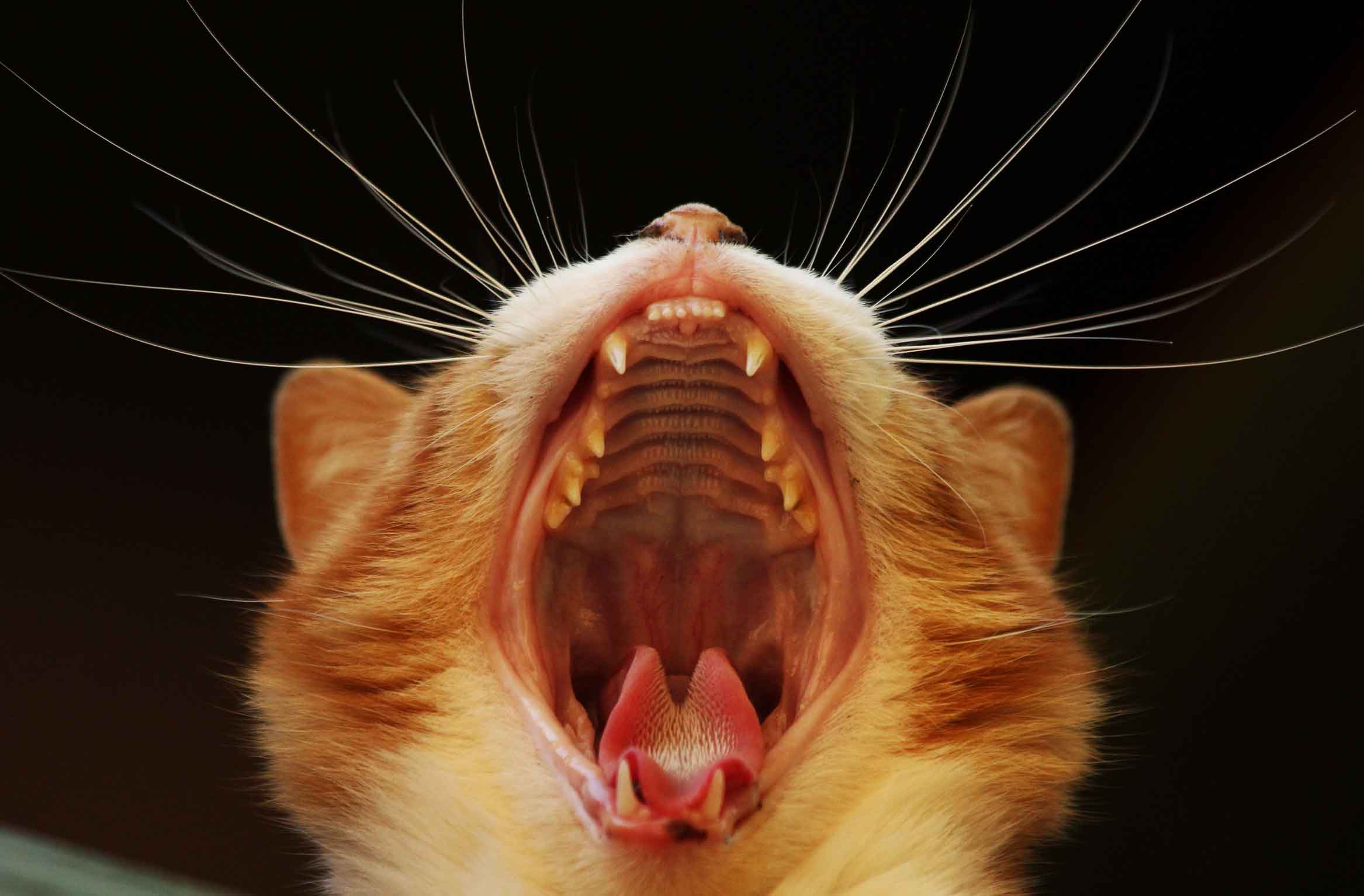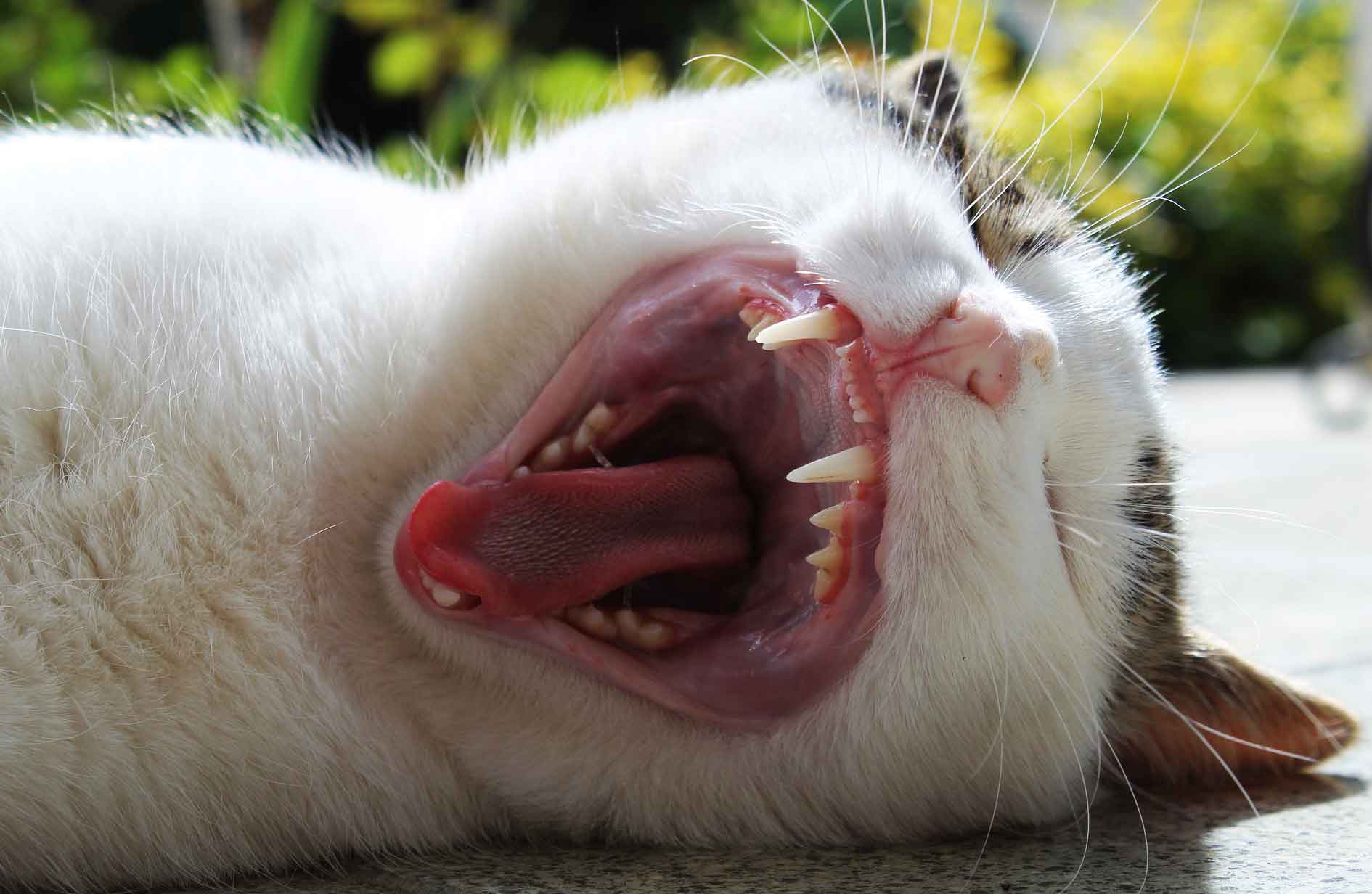
10 Ways to Brush Your Cat’s Teeth
How often should you brush your cat’s teeth? How do you brush your cat’s teeth? What type of toothpaste should you use to brush your cat’s teeth? These are questions that every cat owner asks at some point, but most don’t know the answer to. Thankfully, once you read this article on how to brush your cat’s teeth, you’ll have all the answers and know precisely what steps you need to take to help your kitty live a healthier and happier life!
1) Choose The Right Toothbrush
Like us, cats have teeth that need to be brushed and cleaned. And just like us, many of them are neglecting their oral hygiene. This leads to tartar buildup and unpleasant smells that make it impossible for them (and you) to enjoy your daily cat cuddles. Brushing your cat’s teeth is surprisingly easy; all you need is a little patience, a couple of toothbrushes (one for you), and some pet toothpaste. To start things off, introduce yourself to your cat as its new dental hygienist—they’ll appreciate being treated with care at least once in their life!

2) Gently Clean Their Mouth
When brushing your cat’s teeth, it’s important to remember that they still have sharp teeth, and you can quickly get hurt. It’s also critical that you gently handle them. Keep one hand on their head and hold them still with your other hand, so you don’t get bitten. Gently rub their gums with a cotton ball dipped in baking soda—you want to aim for twice-daily cleaning at a minimum—and work your way up to using a toothbrush specifically designed for cats once they get used to having their mouth handled gently.
3) Avoid The Side Of The Mouth When Brushing
Most cat lovers can’t wait for their little fuzzball to crawl into their lap. But before you get too close, you should know a few facts about kitty dental hygiene. Brushing your cat’s teeth is essential because it helps keep his teeth and gums healthy by reducing plaque buildup and helping prevent cavities. This is vital because tooth decay in cats often goes unnoticed until it reaches an advanced stage, making treatment more difficult and expensive than necessary. While brushing your cat might seem like a daunting task, there are some important do’s and don’ts that will make it easier for both of you.

4) Use Fingers To Reach The Back Teeth
Cats have 30 teeth, which is 10 more than humans. Their canine teeth, or fangs, are razor sharp. A toothbrush designed for a cat will work best and allow you to reach all of their teeth quickly. Brushing your cat’s teeth can help them avoid dental disease and cavities. A toothbrush with a small brush on one end and a long one on the other side is ideal for reaching hard-to-reach back teeth that cats may not be willing to let you touch with your finger if they don’t know you well enough yet.
5) Wash Away Food Before Brushing
One of the most critical factors in keeping your cat’s teeth clean is rinsing away food particles and extra saliva. When you’re brushing your kitty’s teeth, make sure to wash off any gunk before getting started. Otherwise, it could become caked onto her pearly whites and be harder to remove during future brushings. Be sure to ask your vet for a proper toothpaste formula, too—one that won’t hurt Fido’s sensitive mouth but still cleans effectively. And remember: Good oral hygiene is essential for older cats who are more susceptible to periodontal disease (otherwise known as bad breath!). An ounce of prevention goes a long way!

6) Work Outwards From The Tonsils
It may sound funny, but cats have tonsils. And, just like in humans, these tissue clusters can get dirty over time and require regular cleaning. You’ll know if your cat’s tonsils are messy if you notice a change in her breath or an odor that doesn’t seem right coming from her mouth or nose. To brush your cat’s teeth, start by using a cotton swab dipped in water to gently rub away any buildup on your cat’s gum line. Then use a child-sized toothbrush and toothpaste designed for pets with small amounts of brushing along your kitty’s back molars and behind her front teeth as well as on her tongue.
7) Floss With A Cat Toy
Cats are surprisingly good at keeping their teeth clean, even if they don’t do it in quite as thorough a manner as we’d like. We can help them out by explicitly providing something to chew on for flossing. The cat toy will be able to help scrape off plaque and tartar, two of the main culprits behind the dental disease in cats and humans alike. Plus, you can rest easy knowing your pet is having fun while getting its daily tooth cleaning!
8) Use Safe Toothpaste For Cats
To keep your cat’s teeth clean and fresh, use toothpaste made especially for animals. Veterinary oral health specialists say that brushing cats’ teeth is safe with a product such as CET Oral Hygiene Chews for Cats or CET Feline Tooth & Gum Treatment. When using pet toothpaste, monitor your cat while they lick it; if they swallow any of it, call your vet immediately. Brushing isn’t usually needed unless you see signs of tartar buildup or gum disease, in which case you should brush just one side of their mouth for a few days (two minutes daily) before alternating sides.

9) Make It A Habit!
It’s a cliché, but you can’t start brushing your cat’s teeth if you don’t make it a habit. Make sure your cat enjoys it by creating when they are young. Get them used to have their mouth touched and played with before trying to brush their teeth. If they aren’t at least comfortable with that, they probably won’t appreciate toothbrushing as much as they could. Brushing your cat’s teeth regularly is essential, but it won’t necessarily make their breath better right away. Over time, regular toothbrushing will encourage oral health and help control plaque buildup on their teeth (and help keep bad breath at bay). A clean mouth is a happy mouth—especially for cats!

10) Give Them Plenty Of Fresh Water
Water is essential for cats, but hard water can pose a problem. Fortunately, you can filter your cat’s water using one of those filters that fit in your faucet. If you have healthy water, it may be a good idea to look into an under-the-sink system that provides more filtration than a standard pitcher filter does. Make sure to replace these filters regularly—they become less effective as they age. To keep your cat from lapping at their bowl all day long, remove their food after an hour or so and replace it with fresh water. That way, they’ll come back when they’re thirsty and drink before going back to playing or sleeping.

